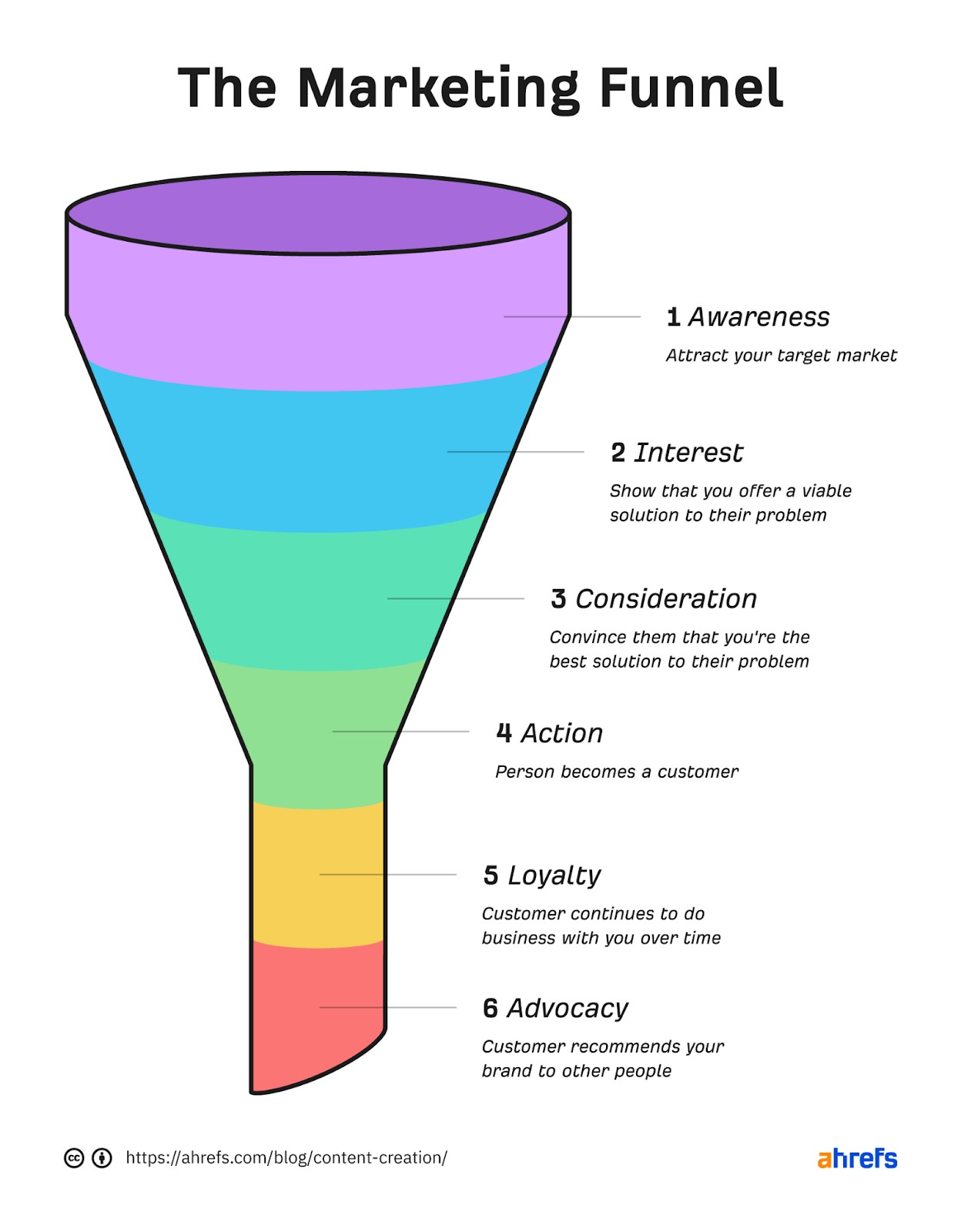Growth marketing is a term that’s been buzzing around the marketing world for a while now. Famously, Dropbox supercharged their growth by giving away storage space for each new referral. It’s a holistic and data-driven approach that focuses on the entire funnel, not just the top. It leverages the scientific method to formulate hypotheses, test them, and refine or eliminate them based on data.
What is Growth Marketing?
Growth marketing goes beyond traditional marketing by emphasizing a full-funnel approach and data-driven experimentation. Instead of solely focusing on acquiring new leads, growth marketers aim to optimize every stage of the customer journey, from awareness to advocacy. This involves continuous testing and iteration to identify the most effective strategies for sustainable growth.
Originally, Sean Ellis, DropBox’s first marketer, intended growth hacking to mean “creative, collaborative idea generation and problem-solving to thorny challenges.” However, subsequent growth marketers focused too heavily on the “hacking” aspect, treating it as the “silver bullet” to solve marketing issues. The term “growth marketing” was promoted to refocus the discipline.
Why is Growth Marketing Important?
Traditional marketing faces challenges like team siloing and difficulty in measuring effectiveness. Growth marketing addresses these issues by promoting cross-functional collaboration and data-driven decision-making.
Breaking Down Silos
Traditional marketing often divides teams based on funnel stages:
- Marketing: Awareness and interest
- Sales: Consideration and conversion
- Product: Retention, loyalty, and advocacy
Each team optimizes for its specific metrics, sometimes at the expense of overall goals. For instance, marketing might prioritize lead volume over lead quality, impacting sales and retention.
Growth marketing dissolves these silos by encouraging collaboration across teams. This ensures that everyone is aligned on the same objectives and working together to optimize the entire customer journey. This silo-ing of departments is one reason why DropBox’s innovative referral program would not have happened at most companies. Growth marketing solves this by putting the focus on the entire funnel.
Data-Driven Decisions
Traditional marketing often relies on intuition and guesswork, making it difficult to measure ROI. Growth marketing emphasizes data analysis and experimentation to identify what works and what doesn’t. This allows marketers to make informed decisions and allocate resources effectively. As John Wanamaker famously quipped, “Half the money I spend on advertising is wasted; the trouble is I don’t know which half.”
Growth marketing is that methodology that could measure if they’re working, and redirect/eliminate resources from those that aren’t to those that are.
How Does Growth Marketing Work?
The core elements of growth marketing involve creating a cross-functional team, using data-driven insights, and implementing a continuous cycle of experimentation.
Building a Cross-Functional Team
A growth marketing team should include members with diverse skills and expertise:
- Growth Lead: Manages the team, selects focus areas, and defines key metrics.
- Product Manager: Oversees the product and its development.
- Software Engineer: Implements experiments and technical solutions.
- Marketing Specialist: Executes marketing campaigns across various channels.
- Data Analyst: Analyzes data, designs experiments, and provides insights.
- Product Designer: Enhances the user experience and designs product improvements.
Leveraging Data
Data is the backbone of growth marketing. Teams need easy access to accurate and comprehensive data on customer behavior.
Sean Ellis writes:
It’s essential that your team have data on each piece of the customer experience—well beyond just how often they visit your website and how long they stay there—so that it can be analyzed at a granular level to identify how people are actually using your product versus how you have planned for them to use it. What this means is that the marketers, data scientists, and engineers must work together to add the proper tracking to websites, mobile apps, point of sale systems, email marketing and customer databases. Once proper tracking is in place, the multiple sources of user information must be stitched together to give you a detailed and robust picture of user behaviour that your data team can analyze. What you want to create is what’s often called a data lake/data warehouse: a single location where all customer information is stored and where you can really dive in and uncover distinctive groupings of users who may be using the product differently from other groups.
The Growth Hacking Cycle
Growth marketing teams run through what is known as the growth hacking cycle.
The growth hacking cycle involves:
- Analyze: Identify growth opportunities through data analysis.
- Ideate: Generate ideas to improve the focus area.
- Prioritize: Score ideas based on Impact, Confidence, and Ease of Execution (ICE).
- Test: Conduct experiments and analyze results.
This cycle is repeated continuously to drive ongoing growth.
Is Growth Marketing Right for You?
Growth marketing has been successfully implemented by companies like Facebook, Twitter, Dropbox, and Airbnb. However, it may not be suitable for every business. Typically, companies that have created successful growth marketing programs:
- Are consumer-facing.
- Have raised a lot of money.
- Have products that can generate virality, i.e., more users bring in more users.
For most small businesses, growth marketing is likely out of reach. Growth teams are too expensive, have limited revenue potential, and most companies don’t have enough data.
Marketing with a Growth-Focused Mindset: The Alternative
Even if you don’t have the resources for a dedicated growth team, you can still adopt a growth-focused mindset in your marketing efforts.
Focus on scaling marketing channels that can deliver significant results. For instance, Ahrefs prioritizes content marketing, creating full-funnel content that:
- Acquires new customers.
- Generates interest in the product.
- Retains existing customers.
For example, their link building guide attracts users searching for link building information, introduces them to Ahrefs’ backlink research tool, and helps existing customers use the tool more effectively.
How to Implement a Growth-Focused Content Strategy
- Target Topics with Search Traffic Potential: Use keyword research tools like Ahrefs’ Keywords Explorer to identify topics people are searching for.
- Create High-Quality Content: Produce content that deserves to rank by addressing user intent and providing valuable information.
- Promote the Content: Share your content with your target audience and build relationships with influencers.
Final Thoughts
While implementing a full-fledged growth marketing program can be challenging, adopting a growth-focused mindset and incorporating elements like experimentation and full-funnel thinking can benefit any business. Even if you’re not doing it, elements of it are still helpful. Experimentation, tackling the full funnel—these are all ideas you can apply to your own business.

